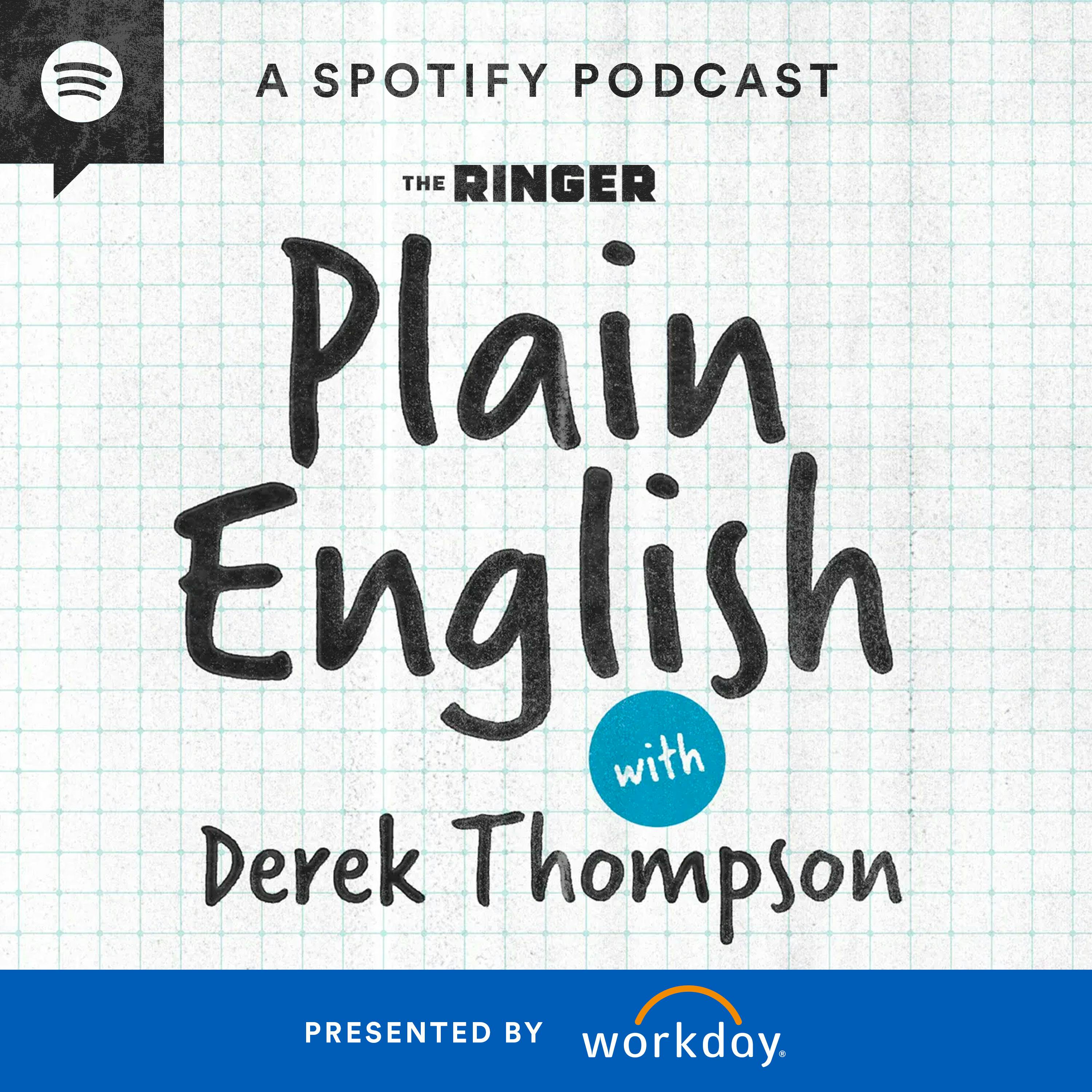Microplastics Are Everywhere. How Dangerous Are They?
Description
Plastic is a life-saving technology. Plastic medical equipment like disposable syringes and IV bags reduce deaths in hospitals. Plastic packaging keeps food fresh longer. Plastic parts in cars make cars lighter, which could make them less deadly in accidents. My bike helmet is plastic. My smoke detector is plastic. Safety gates for babies: plastic.
But in the last few months, several studies have demonstrated the astonishing ubiquity of microplastics and the potential danger they pose to our bodies—especially our endocrine and cardiovascular systems. Today’s guest is Philip Landrigan, an epidemiologist and pediatrician, and a professor in the biology department of Boston College. We start with the basics: What is plastic? How does plastic become microplastic or nanoplastic? How do these things get into our bodies? Once they’re in our bodies what do they do? How sure are we that they’re a contributor to disease? What do the latest studies tell us—and what should we ask of future research? Along the way we discuss why plastic recycling doesn’t actually work, the small steps we can take to limit our exposure, and the big steps that governments can take to limit our risk.
If you have questions, observations, or ideas for future episodes, email us at [email protected].
Host: Derek Thompson
Guest: Philip Landrigan
Producer: Devon Baroldi
Links:
"Plastics, Fossil Carbon, and the Heart" by Philip J. Landrigan in NEJM https://www.nejm.org/doi/full/10.1056/NEJMe2400683
"Tiny plastic shards found in human testicles, study says" https://www.cnn.com/2024/05/21/health/microplastics-testicles-study-wellness/index.html
Consumer Reports: "The Plastic Chemicals Hiding in Your Food" https://www.consumerreports.org/health/food-contaminants/the-plastic-chemicals-hiding-in-your-food-a7358224781/#:~:text=BEVERAGES,in%20this%20chart
Learn more about your ad choices. Visit podcastchoices.com/adchoices
More Episodes
Today’s guest (our final preelection guest) is David Wasserman, political analyst with the Cook Political Report, who also helps out with the NBC decision desk. There are dozens, maybe hundreds, of people whose job on election night is to help Americans understand when we can safely call specific...
Published 11/04/24
Published 11/04/24
Today, a close look at the history of a Pennsylvania town and how that history contains within it the story of the 2024 election. In September, Donald Trump claimed that the city of Charleroi, Pennsylvania, was being overrun by immigrants who brought violence, gangs, and economic destruction....
Published 11/01/24


